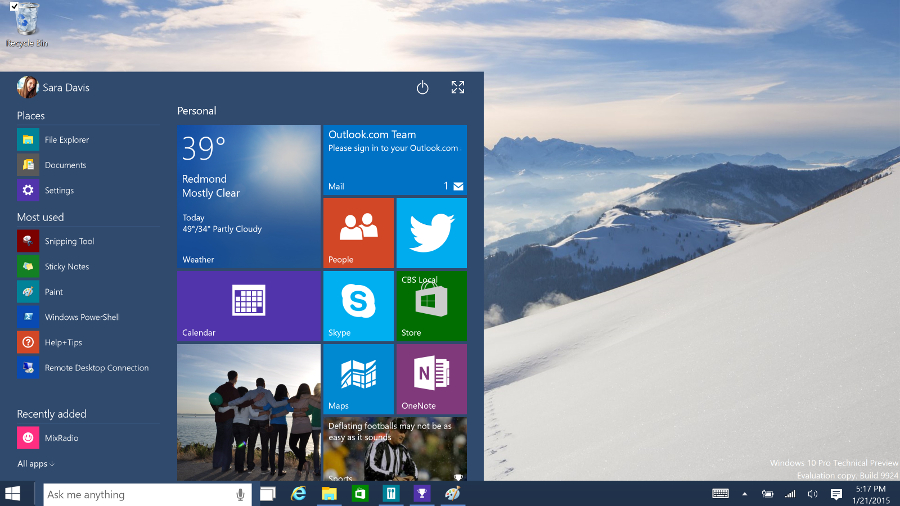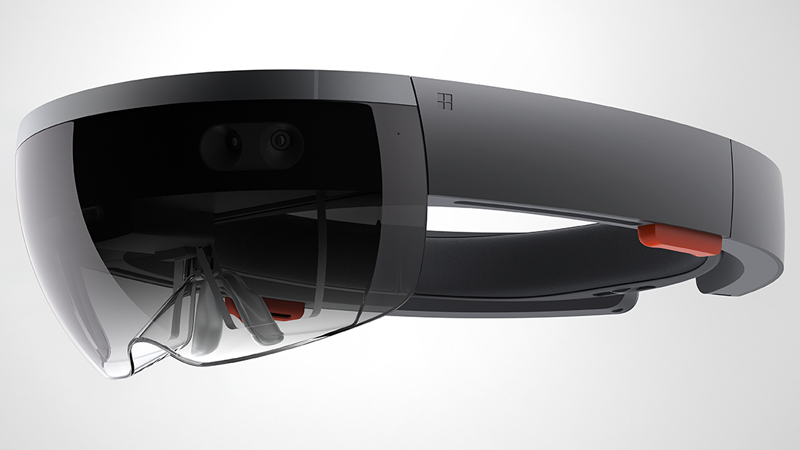How Microsoft is redefining itself with a new direction for Windows
Windows as you know it is about to change…

Microsoft's Build keynote addresses are one of the annual platforms that Redmond uses to unveil new products or show off ideas that the company is planning to unveil at a later date. Last week's 2015 keynote was, unsurprisingly, all about Windows 10, which is set to launch this summer, with a focus on what developers – who make up the majority of Build attendees – could do with the platform across multiple devices.
The keynote started with a lengthy demo of various developer-specific apps, such as Visual Studio Code, but progressed onto some of the most exciting things that Microsoft has ever done as a company, redefining where Redmond sits relative to both the world and its peers.
Defining moment
We already knew a lot about "universal apps," an idea that Microsoft has been peddling since the inception of Windows 10 (and also one which I was not a fan of in its pre-Build form), but the company has taken them in a totally different direction – a direction that could well be one of the most defining moments in the company's four decade history.
Continuum, a feature that allows progress on one app to be shared to another app on a different device seamlessly, is the centrepiece of the show. The idea is beautifully simple: a Windows phone (i.e. a phone running Windows 10) can be plugged into a monitor (via HDMI), linked to a keyboard and mouse via Bluetooth and used like a full-on PC thanks to the horizontal integration of Windows 10 across mobile and desktop.
Any app that is made to be "universal" – of which there will be more and more thanks to Microsoft's friendly attitude towards competitors and developers – will work on the bigger screen. And, from the looks of the demo, this is pretty transformative – plus, most importantly, it's something no other platform has achieved.
It is as yet unclear what kind of hardware is needed to support Continuum, and I would guess no current device is capable of doing so, but once high-end Windows phones hit the market, this will turn into a killer feature. The almost sci-fi-esque dream of having one device for everything – computer, TV, remote, and so on – could become a reality with Continuum and it's going to happen in the next year.

HoloLens revolution
One of the main themes of the Build keynote was how Windows is used within industry, as much of the revenue generated by Microsoft comes from enterprise. HoloLens, which was unveiled in January, is a piece of AR headgear that allows the user access to a 'virtual world', and it is, as many pundits have claimed, the future of computing.
Sign up to the TechRadar Pro newsletter to get all the top news, opinion, features and guidance your business needs to succeed!
Previously, HoloLens had very little practical application beyond simply being a novel way to interact with a computer chip. But at Build, HoloLens got an update and it was, as is becoming a theme, linked in to Windows 10. 'Windows Holographic' displays apps as 'real' intractable things that can be placed on the environment surrounding the user.
The applications of this are vast, as Microsoft showed: doctors can show students lessons interactively, architects can plan buildings more effectively and so on. On a personal level, a video can be moved around via hand gestures and 'placed' onto a wall while Skype can be 'pinned' to the ceiling. Essentially, the possibilities for HoloLens are endless and, via Windows 10, Microsoft has created a virtual world that combines the current desktop experience with the future.
Max Slater-Robins has been writing about technology for nearly a decade at various outlets, covering the rise of the technology giants, trends in enterprise and SaaS companies, and much more besides. Originally from Suffolk, he currently lives in London and likes a good night out and walks in the countryside.